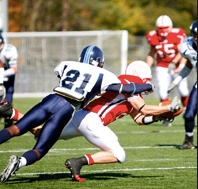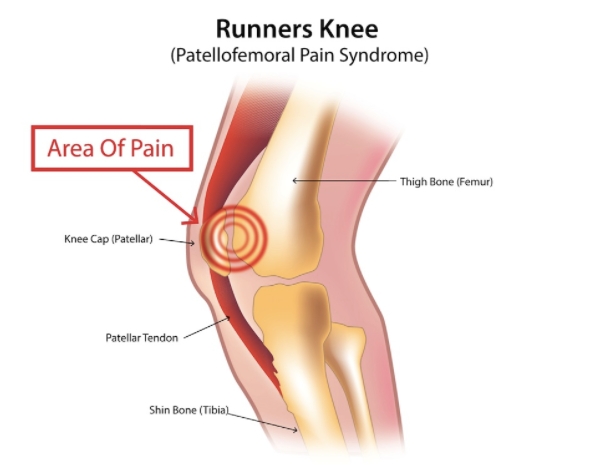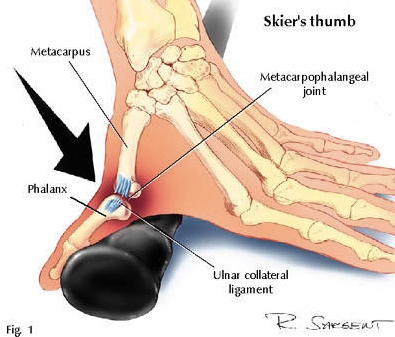Pretest Adolescent
Young mother pregnancy
poor weight gain in the mother
premature delivery
low birth weight
increased risk of pregnancy-induced hypertension
The risk of violence is also elevated for teen mothers.
Tanner
Male:
Tanner 2: sparse, thin, and long pubic hair with slight penile enlargement.
Tanner 3: pubic hair becomes darker and begins to curl, and the penis lengthens.
Tanner 4: it is starting to resemble adult pubic hair but without complete coverage, and the penis continues to grow.
Tanner 5: pubic hair extends to the inner thigh and is in the typical adult configuration.
Female:
Tanner 2: sparse pubic hair. Breasts start with buds and elevate.
Tanner 3: larger breasts and areola without a separate areolar contour
Tanner 4: Breasts will have elevation of the areola
Tanner 5: areola is part of the general breast contour. No secondary elevation
Attempt suicide
admit for full workup even if asymptomatic
Isotretinoin
Dry skin, eyes, and mucous membranes are the most frequent complications of therapy.
Other associated problems include musculoskeletal pain and hyperostosis, inflammatory bowel disease, pseudotumor cerebri, and corneal opacities.
Often develop abnormal liver function tests, elevated triglyceride and cholesterol levels, and lowered levels of high-density lipoproteins.,
Acne
Studies have failed to demonstrate adverse effects of any particular foods on acne activity.
Contact Sport CI
Having one eye is typically seen as a contraindication to playing contact sports like football or soccer. There are eye shields available, but in general these children are advised to avoid contact sports.
Other reasons to recommend against contact sports participation include hemophilia, single kidney, and unexplained syncope (until evaluated).
Stable, repaired congenital heart disease; obesity; girls with a single ovary; and controlled diabetics are routinely allowed to participate.
Urethritis
Urethritis in an adolescent male is almost always a sexually transmitted disease (STD), either gonococcal or nongonococcal urethritis (NGU).
Chlamydia trachomatis
Less frequently, NGU can be caused by Ureaplasma urealyticum, Trichomonas vaginalis, and yeast. Herpes simplex can cause an NGU, but it is considerably less likely than C trachomatis.
Testicular Torsion
Cremaster reflex absent
Prehn sign, although not totally reliable, is elicited by gently lifting the scrotum toward the symphysis.
Relief of the pain points to epididymitis; it’s worsening, to torsion.
Doppler ultrasound (or surgical consultation) is a logical first step
demonstrating absence of flow in torsion
increased flow in epididymitis.
Alternatively, a radionuclide scan will show
diminished uptake in torsion
increased uptake in epididymitis
Treatment for torsion is surgical exploration and detorsion and scrotal orchiopexy.
path: causative organisms for epididymitis include Neisseria gonorrhoeae, C trachomatis, and other bacteria. Treatment with appropriate antibiotics and rest is indicated.
Teenager Sleep
Changes due to puberty cause a phase delay in the normal sleep-wake cycle, meaning teens will almost universally prefer to stay up late.
Injuries
Swimmers
shoulder injuries are the most common type of problem seen. Rotator cuff tendinitis of the biceps and/or the supraspinatus muscles presents as shoulder pain and tenderness.,
Football
head and neck injuries are not uncommon, but, fortunately, serious injuries are rare. Knee injuries such as anterior cruciate, posterior cruciate, and collateral ligament tears do occur. In addition, turf toe, injury to the first metatarsophalangeal joint, is seen when play is on artificial turf.,

Basketball and volleball
tend to produce lower extremity problems, including those of the knee, with such injuries as Osgood-Schlatter disease and sprains to the ligaments of the knee. Ankle injuries, too, are quite common in these sports.,
Running
frequently muscle strains in the hamstrings, adductors, soleus, and gastrocnemius muscles. Runner’s knee, anterior knee pain because of patellofemoral stress, is also seen.,

Ballet
associated with delayed menarche and eating disorders (more commonly in the female dancers). In addition, a variety of mostly lower extremity problems can be seen, ranging from bunions to knee and ankle problems from serious overuse.,
Wrestlers
frequently seen in the upper extremities, especially shoulder subluxation, and in the knees, usually prepatellar bursitis from traumatic impact to the floor. Additionally, a variety of skin conditions are common, ranging from contact dermatitis and superficial fungal infections to herpes simplex (herpes gladiatorum), impetigo, and staphylococcus furunculosis or folliculitis.,
Ski
Thumb injuries during a fall, abduction and hyperextension of the thumb, causing a sprain of the ulnar collateral ligament, remains the most common injury seen.,

Hockey
Range from mild contusions to significant lacerations. No particular type of injury (with the exception of, perhaps, loss of teeth) is characteristic of this sport.,
Last updated
Was this helpful?